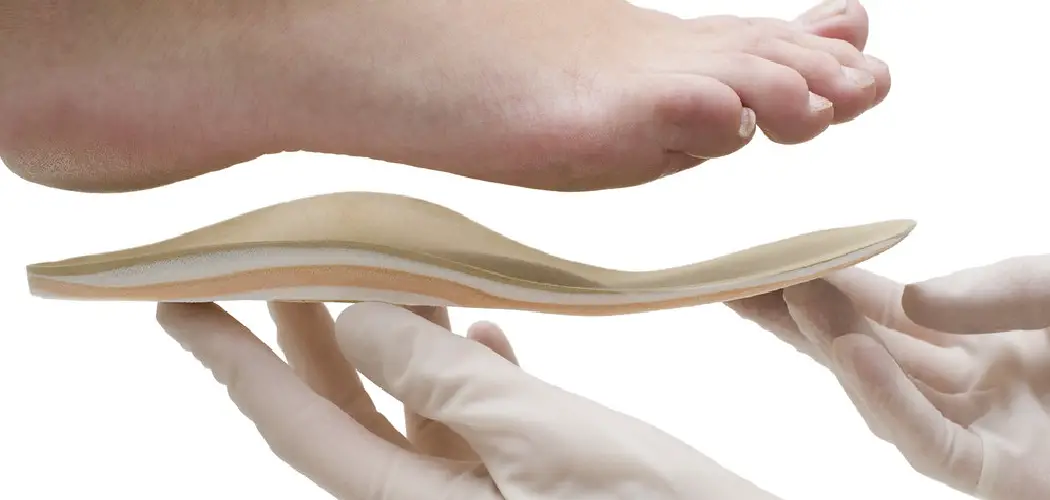Walking or standing for prolonged periods can lead to discomfort, especially if your shoes lack proper arch support. Whether due to genetics, lifestyle, or the type of footwear you choose, insufficient arch support can lead to foot pain, fatigue, and even more severe conditions such as plantar fasciitis.
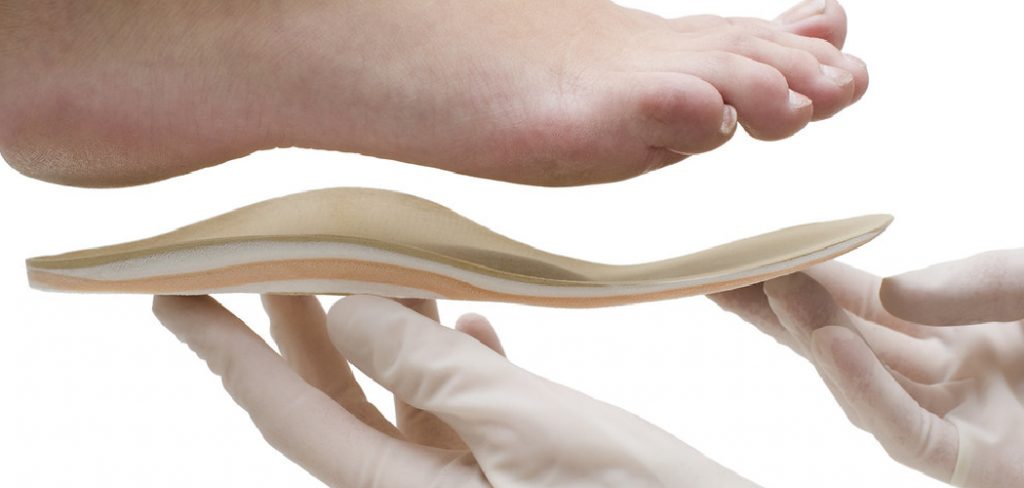
Fortunately, adding arch support to your shoes can alleviate these problems and enhance your overall foot comfort. This guide on how to add arch support to shoes will walk you through the various methods for improving the arch support in your footwear, ensuring you can step out confidently and comfortably.
Why is Arch Support Important?
Arch support refers to the curved area on the underside of your foot that helps distribute weight and absorb shock while walking or standing. It plays a vital role in maintaining proper foot alignment, preventing muscle and joint strain, and reducing pressure on certain areas of the foot.
When our shoes lack sufficient arch support, our feet are forced into an unnatural position, which can cause various issues such as flat feet, overpronation (inward rolling of the foot), and supination (outward rolling of the foot). These conditions can lead to pain not only in the feet but also in other parts of the body such as knees, hips, and back.
Now that we understand why arch support is crucial let’s dive into how you can add it to your shoes.
Needed Materials
Before we get started, here are some materials you’ll need to add arch support to your shoes:
- Arch Support Inserts or Orthotics
- Scissors
- Adhesive Tape
- Glue Gun (if Using Foam)
8 Step-by-step Guidelines on How to Add Arch Support to Shoes
Step 1: Determine the Type of Arch Support You Need
Before adding arch support, it’s essential to determine what type of support best suits your needs. Start by identifying your foot’s arch type, which can typically be categorized as low, medium, or high.
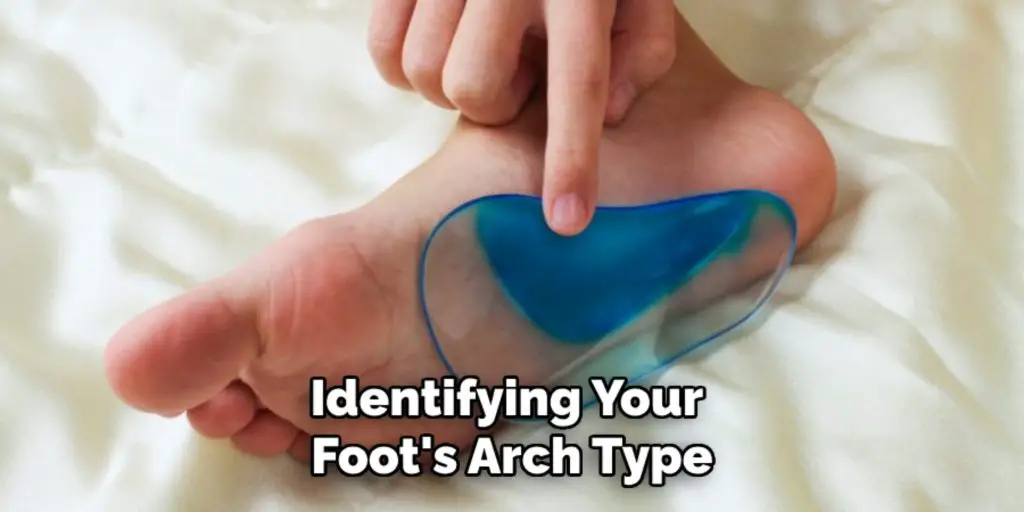
You can conduct a simple wet foot test at home: wet the bottom of your foot, step onto a piece of paper or a flat surface, and observe the footprint. If you see the complete outline of your foot, you likely have a low arch.
If only a part of your arch is visible, you have a medium arch, and if there’s a pronounced curve with minimal contact on the paper, you have a high arch. Understanding your arch type will guide you in selecting the appropriate arch support inserts or orthotics that provide the necessary cushioning and stability for your specific foot structure.
Step 2: Purchase Arch Support Inserts or Orthotics
Once you know your arch type, it’s time to purchase the right inserts or orthotics for your shoes. You can find them at most drugstores, shoe stores, or online retailers. Make sure to read reviews and choose a reputable brand that offers the appropriate level of support for your feet.
It’s also essential to consider the size and shape of your shoe when selecting inserts or orthotics. Some are designed for specific types of shoes, such as athletic shoes or dress shoes, while others are more versatile and can fit into any type of shoe.
Step 3: Remove the Insoles from Your Shoes
To make room for the arch support inserts or orthotics, you’ll need to remove the existing insoles from your shoes. You can usually do this by pulling them out gently; however, if they’re glued in, you may need to use scissors to cut around the edges and remove them completely.
You can also choose to leave the insoles in your shoes and place the inserts on top of them, but this may make your shoes feel tighter and less comfortable.
Step 4: Trim Inserts or Orthotics to Fit Your Shoes
Most arch support inserts or orthotics come in a standard size that may not fit your shoe perfectly. To ensure a proper fit, you may need to trim them down using scissors. Place the insert or orthotic on top of the existing insole and trace around it with a pen or marker. Then, cut along the traced line until it fits comfortably inside your shoe.
It’s crucial to be cautious when trimming inserts, as removing too much material can affect their effectiveness.
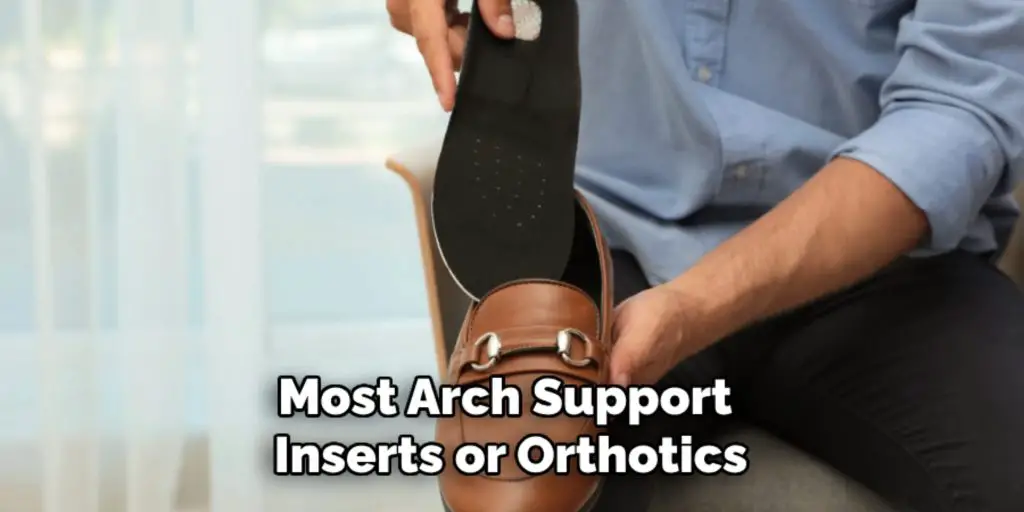
Step 5: Insert the Arch Support
Once you have trimmed the insert or orthotic, place it inside your shoe and make any necessary adjustments until it feels comfortable. The arch support should hug your foot without being too tight or causing discomfort. You may also use adhesive tape to secure the insert in place if needed.
The arch support should be positioned just behind the ball of your foot, where your arch begins.
Step 6: Consider Using a Glue Gun and Foam for Extra Support
If you have flat feet or need additional support, you can use a glue gun and foam to create custom arch support. Start by tracing the shape of your foot on a piece of foam, then cut it out with scissors. Place the foam on top of the insert or orthotic and glue it in place using a hot glue gun.
You may also choose to layer multiple pieces of foam to achieve the desired level of support.
Step 7: Test Out Your New Arch Support
Once you have inserted the arch supports into both shoes, it’s time to test them out. Walk around your house or take a short walk outside to see how they feel. You may need to make some minor adjustments until you find the perfect fit.
It’s essential to remember that it may take some time for your feet to adjust to the added support, so give yourself a few days before deciding if they’re right for you.
Step 8: Replace Inserts Regularly
As with any type of shoe inserts or orthotics, it’s essential to replace them regularly. The lifespan of arch support inserts can vary depending on the material and frequency of use. However, as a general rule, you should consider replacing them every 6-12 months.
Regularly replacing your arch supports will ensure they continue to provide adequate support and prevent any potential issues caused by worn-out inserts.
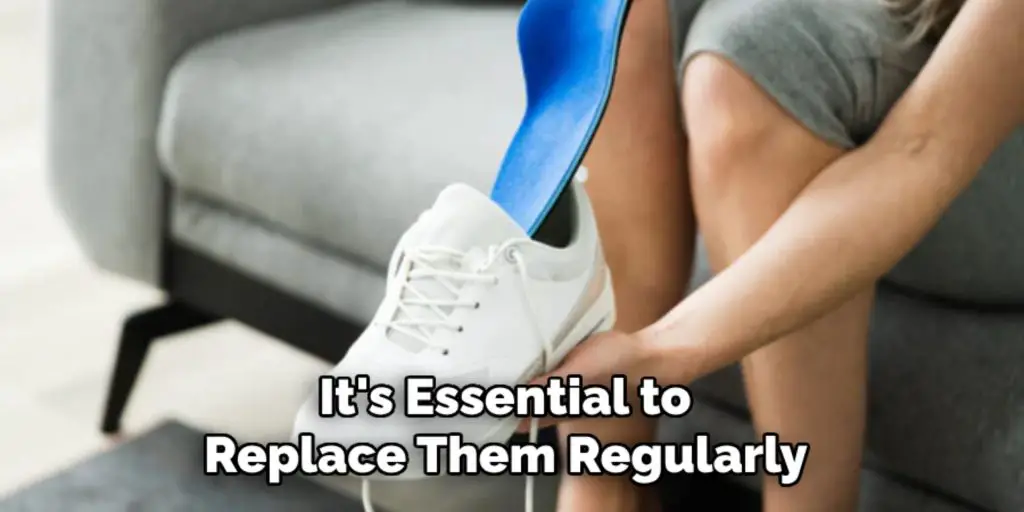
Following these steps on how to add arch support to shoes will help you add arch support to your shoes and improve the overall comfort and health of your feet. Remember to always choose quality inserts or orthotics that suit your specific needs and replace them regularly for optimal results. So, go ahead and give your feet the support they deserve!
Additional Tips for Maintaining Good Foot Health
While adding arch support is crucial, there are other ways to maintain good foot health and prevent issues such as plantar fasciitis, bunions, and flat feet. Here are some additional tips to keep your feet happy and healthy:
- Invest in comfortable and supportive shoes that fit properly.
- Avoid wearing high heels or uncomfortable shoes for extended periods.
- Stretch your feet daily to improve flexibility and prevent stiffness.
- Consider using silicone heel cups or cushions to provide extra support and relieve pressure on the heels.
- If you experience foot pain or discomfort, seek professional medical advice for proper diagnosis and treatment.
By taking care of your feet, you can prevent many common foot issues and ensure they remain strong and healthy for years to come. Incorporating arch support is just one step toward overall foot health, so be sure to follow these additional tips as well.
Frequently Asked Questions
Q: Can I Add Arch Support to Any Type of Shoe?
A: Yes, there are inserts and orthotics available for various types of shoes, including athletic shoes, dress shoes, and even high heels. Just make sure to choose the right type for your specific shoe and foot structure.
Q: Can I Use One Insert for Both Feet?
A: No, it’s essential to have separate inserts for each foot as they may differ in size or shape. Using one insert for both feet can also cause imbalances and lead to discomfort.
Q: Can I Wear Arch Support All Day?
A: It depends on the individual and their level of comfort. Some people may need a break from wearing arch support, while others can wear them all day without any issues. Listen to your body, and if you experience discomfort, take breaks throughout the day.
Q: Can Children Use Arch Support Inserts?
A: Yes, children can use arch support inserts or orthotics as long as they are fitted and recommended by a medical professional. It’s essential to monitor their usage and make sure they do not cause any discomfort for the child.
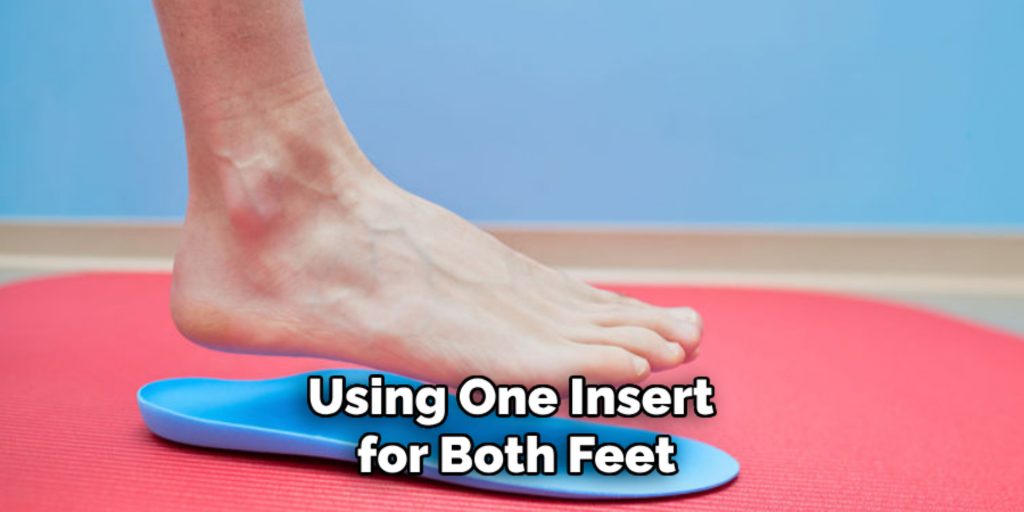
Conclusion
Incorporating proper arch support into your daily footwear is a fundamental step toward maintaining optimal foot health. By understanding your arch type and selecting the right inserts or orthotics, you can enhance the comfort and stability of your shoes, reducing the risk of common foot issues.
Remember, taking preventative measures such as purchasing quality footwear, stretching your feet, and regularly replacing worn-out inserts is key to ensuring long-term foot wellness. Prioritizing your foot health today can lead to a more comfortable and active lifestyle tomorrow. Invest in your feet, and they will indeed support you for life. Thanks for reading this article on how to add arch support to shoes.

